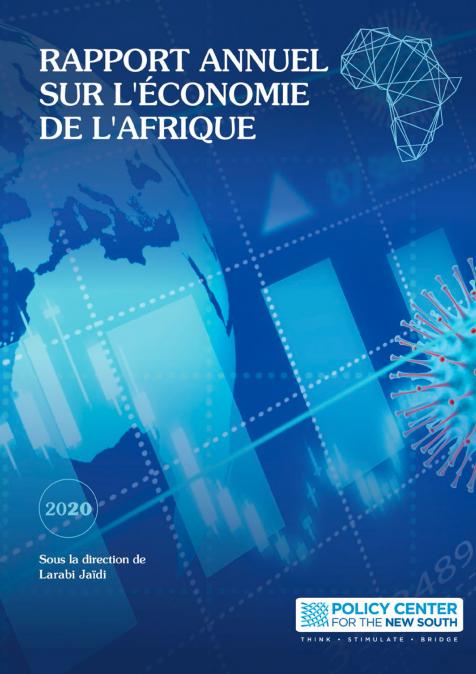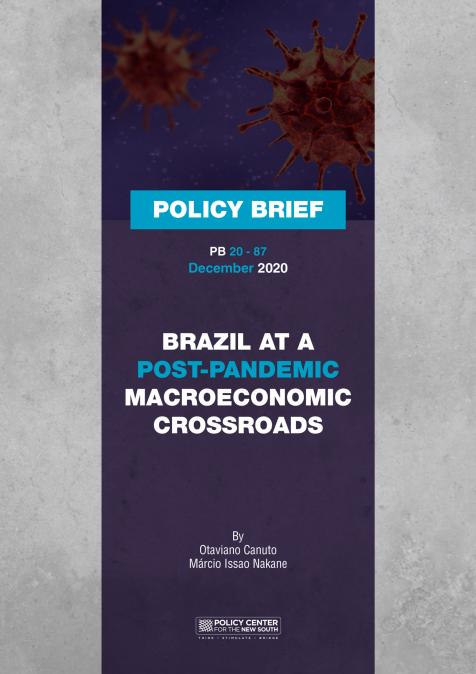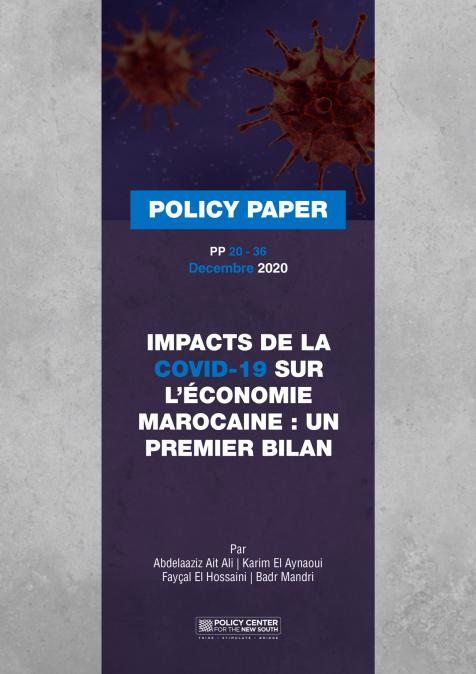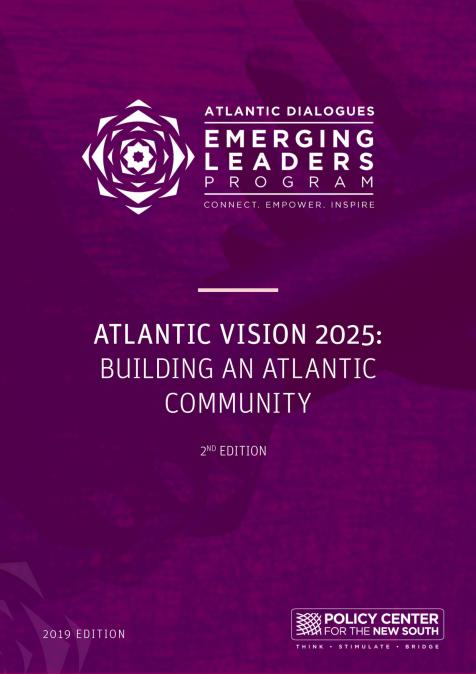Publications /
Opinion
In the last two decades, the world has experienced two main global crises: the financial crisis of 2008 and the current COVID-19 health crisis. A prima facie comparison reveals at least two apparent common factors: contagion effect and panic.
- Contagion effect: in the financial crisis, the collapse of Lehman Brothers had a deep impact on foreign financial systems exposed to the U.S. subprime market. Toxic assets (non-performing subprime mortgages) spread throughout the banking system, with cross-border linkages leading to a global financial and economic crisis. COVID-19 also exhibits this contagion effect that depends crucially on human behavior, and that could lead to global economic recession.
- Panic: An external and systemic shock that directly affects humans, regardless of its nature, causes them to behave differently and move towards irrationality: self-fulfilling prophecy. The 2008 bank run, caused by fears of bank insolvency stemming from Lehman Brothers bankruptcy, brought about the collapse of many other banks and thus, in a snowball effect, hastened the global financial crisis. Currently, we observe a sort of supermarket run phenomenon with panic-buying behavior leading to a shortage of some supplies. This is mainly due to herd behavior that occurs when people imitate others rather than taking their own decisions. For example, once the news revealed panic buying by consumers when the virus hit China, people in other unaffected countries started replicating the same behavior. It’s during these panic-buying episodes that people are affected the most.
Risk Perceptions Biased
“An important function of strong emotions is to drive out quantitative judgments, including judgments about probability, by making the best case or the worst case seem highly salient” Sunstein (2001).
When an exceptional event occurs, two main behaviors can be distinguished: underrating (UNR) the event or overrating it (OVR). These behaviors have in common a lack of an intuitive grasp of probability: probability neglect.
Abnormal events trigger people’s emotions. Fear causes an OVR person to overstate his own personal risk by deeply focusing on it and thus failing to properly determine the likelihood of the event, which may in reality be low. An UNR person usually pays less or no attention to the magnitude of event in the medium term as long as the probability of the worst-case scenario at the present moment is small i.e. the event causes less damage.
This theoretical heterogeneity highlights, inter alia, why in the current crisis some countries did not contain the virus in the early stages and others did. It was not until March 23, when the number of cases exceeded 10,000[1] and deaths reached more than 300, that the United Kingdom enforced a lockdown. Avoiding behavioral fatigue was the reason behind the delay of containment measures. In other words, enforcing social distancing too soon could drive people to flout the rules as they grow tired of bans, possibly before the actual peak of the pandemic. The UK approach prompted 600 behavioral scientists to write an open letter to the UK government expressing their concern about the delay in implementing social distancing measures. On the other hand, some countries adopted extreme containment measures, not because of the number of deaths at the time, but rather because deaths were expected and they wanted to prevent the worst-case scenario from occurring (e.g. China and Morocco)[2]. After all, it is better to mistake a rope for a snake than the other way around.
What About Habit Inertia?
Habits are hard to change in a normal context. However, once old habits are disturbed by an external shock, people become more sensitive to new information and adopt a mind-set that is conducive to behavior change[3]. In the current COVID-19 context, we can see this discontinuity, and the shift in preferences is very noticeable. When some governments implemented lockdown policies in order to prevent the spread of the virus, people could no longer maintain the same habits. The substitution effect is apparent in consumption goods, where people are more willing to substitute home goods for social goods[4] and more willing to switch to any home activities in order to safeguard their wellbeing. Furthermore, people now place more value on immaterial things that used to provide them with less satisfaction. For example, the utility of a simple walk will be greater in confinement than before.
Altruism Thrives
The increasing social distancing is offset by a sort of a reduction in emotional distancing. This sentiment of ‘we are all in this together’ encourages people to sympathize, donate, and help each other, i.e. an altruistic behavior. Since COVID-19 is a global epidemic that brings uncertainty and fear, we observe the emergence of altruistic activities and solidarity in both developed and developing countries (for example, the creation of the Special COVID-19 Fund in Morocco where citizens’ can contribute through SMS donations or directly, to help the most vulnerable families by providing them with necessities). In addition to financial support, people are offering non-financial cushions including free services or classes via social media in multiple fields, in order to entertain people and bolster their mental health in the lockdown context.
Paternalism and Communication in the Fight Against COVID-19
COVID-19 is spreading exponentially and has become the number one threat to human health and the global economy. In the current situation, with no available vaccine, curtailing transmission of the virus relies on preventive behavioral devices including handwashing, social distancing, etc. The role of public authorities is to encourage the adherence and commitment of citizens to these behaviors, especially those who underrate the seriousness of the virus. How can this be done?
Behavioral economists Thaler and Sunstein (2008) developed the nudge theory. By ‘nudge’, they mean any simple and attractive intervention or action that helps governments or companies to alter humans’ behavior and make them better off, without banning any alternative or significantly changing their economic incentives. Nudges are a sort of libertarian paternalism and have been implemented in many areas, from retirement plans and credit markets to organ donation and climate. For example, in order to reinforce compliance with hand hygiene, using flashing light hand-sanitizer dispensers in public areas appears to be an effective nudge[5]. Encouraging social distancing through colorful circles on the floors of supermarkets or elsewhere, where distance might not be respected, is another example of nudges. In the energy sector, electricity consumption has been reduced by sending households home energy reports, informing them of their energy consumption and adding a comparison with their neighbors. If their energy use is lower, the household is congratulated. Otherwise the household receives hints and tips to easily improve[6].
Nevertheless, nudges should not be a substitute for some strong paternalistic measures that contribute to protecting public health, notably containment, but should rather serve as complementary tools. The lockdown policy is described as strong paternalism because it changes significantly the economic incentives of people and compels them to adhere through fines for breaking the rules. Notwithstanding its effectiveness in limiting the spread of the virus, strict containment combined with uncertainties related to the future state of the virus can bring about several psychological costs[7]: anxiety, anger, depression, avoidance behaviors, and post-traumatic stress disorder (PTSD)[8]. The extension of containment periods with no clear deadline is likely to increase frustration and demoralization, and could lead to persistent psychological effects after lockdowns are relaxed. For instance, Jeong et al (2016)[9] found that isolation during MERS episodes caused anxiety and anger that lasted for four to six months after the confinement.
This is not an argument for the abandonment of confinement, but rather a reminder of authorities’ role in maintaining the population in good mental health during this time. Providing psychological counseling and entertainment via electronic devices and applications can somehow lessen the psychological burden of the virus. Furthermore, communication involving emotional and logical components is the backbone for building trust and credibility[10]. The US Centers for Disease Control and Prevention has developed guidelines for more effective communication in times of crisis. Advice includes: (1) Authorities need to provide incremental information as soon as possible and, if they cannot do so, they should at least explain their strategy for procuring it; (2) Be credible in communicating reliable facts about the state of the virus and the strategy being implemented, because rumors are more detrimental than hard truths; (3) Express empathy in order to build trust and thus increase compliance.
On a final note, humans are influenced by a wide range of cognitive biases and emotions that are amplified in adverse situations and lead in fine to inconsistent decisions. How far COVID-19 will spread depends crucially on human behavior. Hence, in order to implement appropriate public policies, governments should tackle this outbreak via a behavioral approach. The use of nudges during the gradual deconfinement is highly recommended because governments need to prepare the external environment for more social interaction, in order to prevent a second cycle of COVID-19.
[1] UK COVID-19 data https://coronavirus.data.gov.uk/.
[2] In Hubei province, China, lockdown began January 23 when deaths stood at 17. Morocco’s lockdown policy began on March 19, when there were 3 deaths and 66 affected.
[3] Verplanken, B., and Roy, D., (2016), Empowering interventions to promote sustainable lifestyles: Testing the habit discontinuity hypothesis in a field experiment, Journal of Environmental Psychology, 45: 127-134
[4] Kaplan et al (2020), Pandemics According to HANK, Virtual Macro Seminar. Unlike home goods, social goods require more social interaction, e.g. restaurants.
[5] Rashidi, B., et al (2016). Effectiveness of an extended period of flashing lights and strategic signage to increase the salience of alcohol gel dispensers for improving hand hygiene compliance. American Journal of Infection Control, 44, 782–785.
[7] Brooks, S. K., et al (2020), The psychological impact of quarantine and how to reduce it: rapid review of the evidence, Lancet; 395: 912–20.
[8] Reynolds, D. L., (2008), Understanding, compliance and psychological impact of the SARS quarantine experience, Epidemiol Infect; 136: 997–1007.
[9] Jeong, H., et al (2016), Mental health status of people isolated due to Middle East Respiratory Syndrome, Epidemiology and health vol. 38: e2016048.
[10] Reynolds, B. J., (2011), When the facts are just not enough: credibly communicating about risk is riskier when emotions run high and time is short, Toxicology and Applied Pharmacology, 254(2), 206-214.









